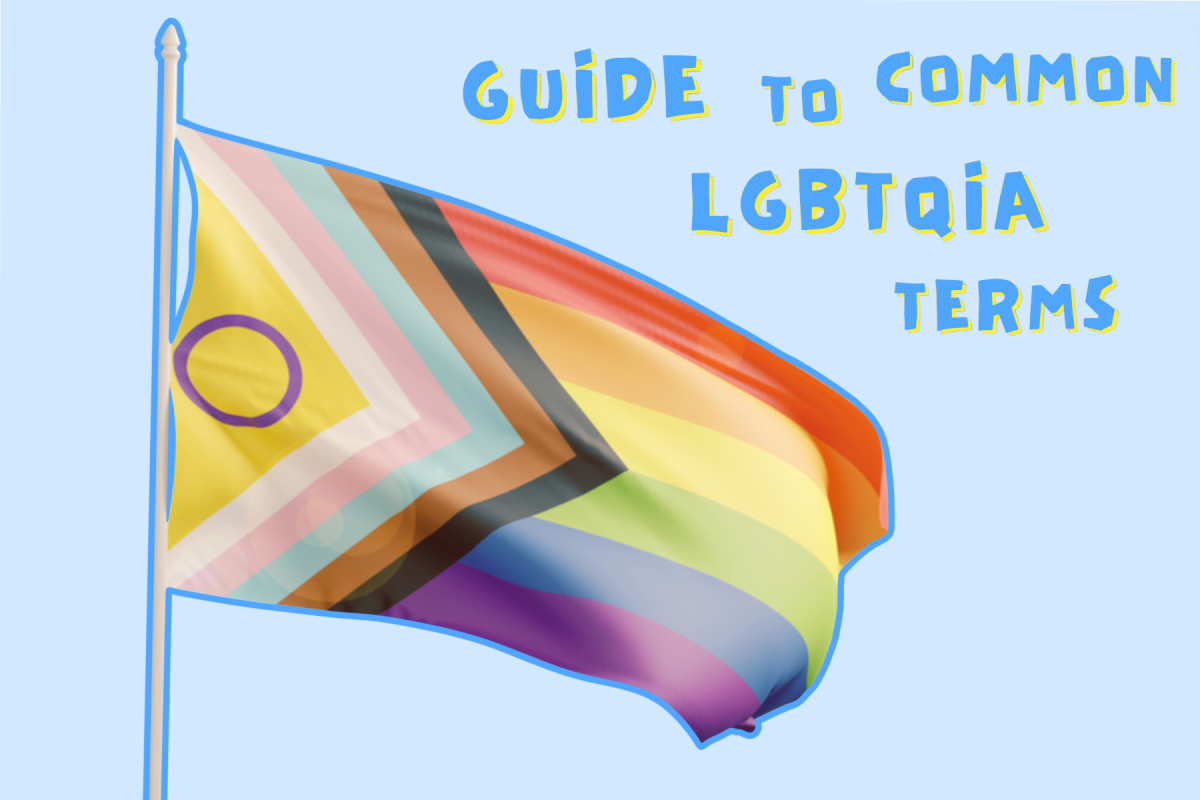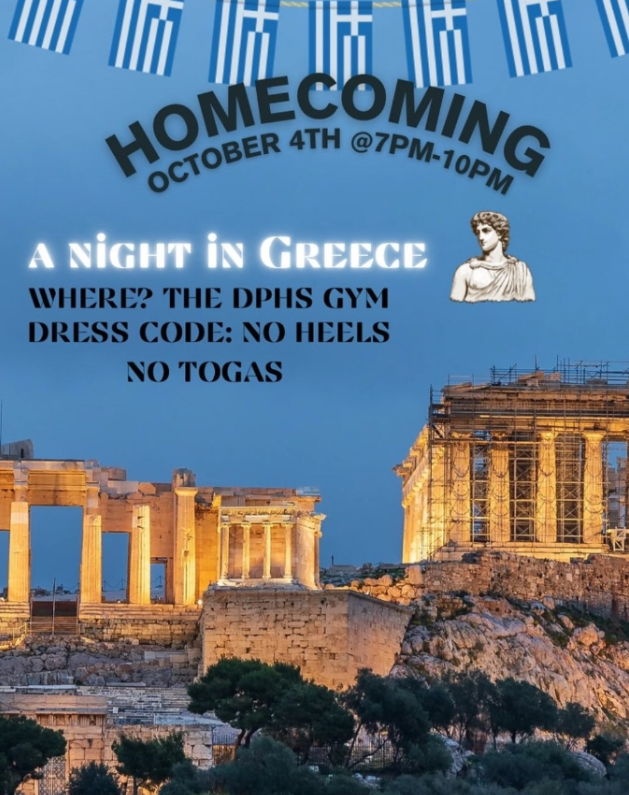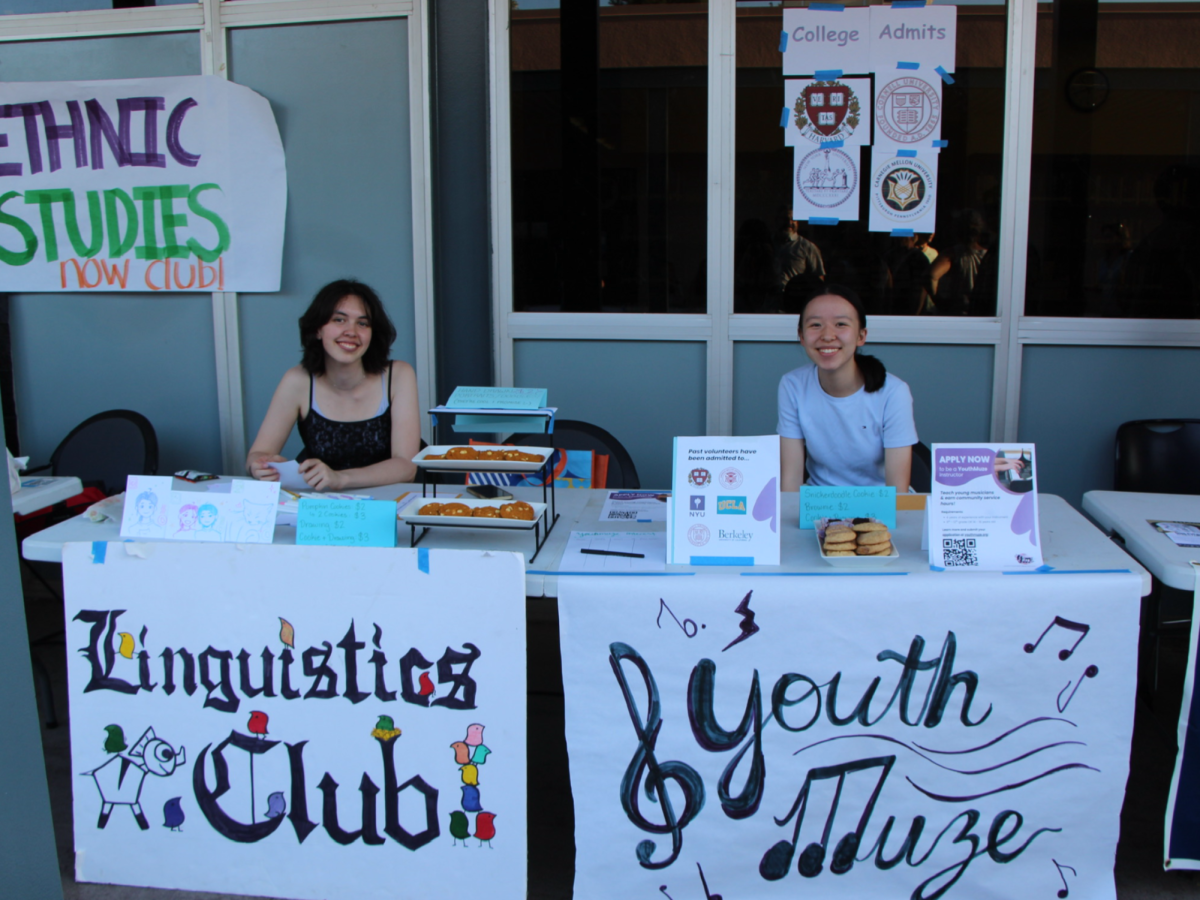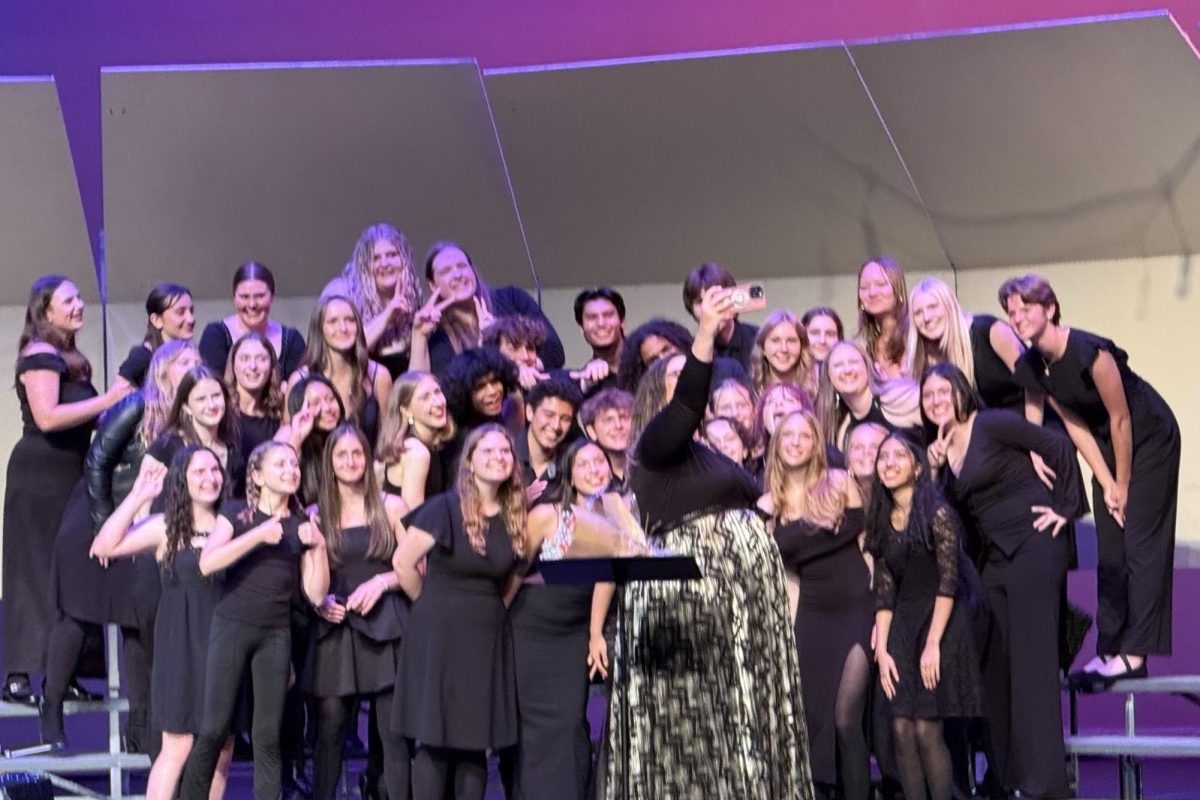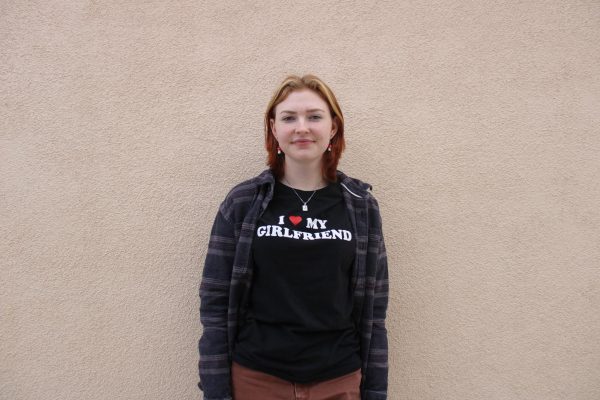Note: This is a broad overview of terms used within the LGBTQIA community and does not fully cover the variety of identities represented in the community. While the definitions described are the most common interpretations, experiences within the LGBTQIA community vary from individual to individual.
Sexual orientation is a person’s identity in relation to what gender(s) they experience an enduring pattern of romantic or sexual attraction to. Sexual orientation is completely separate from gender identity.
The term homosexual refers to anyone who experiences attraction to members of the same gender, whereas heterosexual refers to anyone who experiences attraction towards people of the opposite gender.
The “Q” in LGBTQIA stands for queer. Queer is an umbrella term used to describe anyone who is not heterosexual and cisgender. Historically, the term has been used as a slur towards the LGBTQIA community. However, in the 1980s, queer activists began reclaiming the term as a more radical alternative to other LGBTQIA labels.
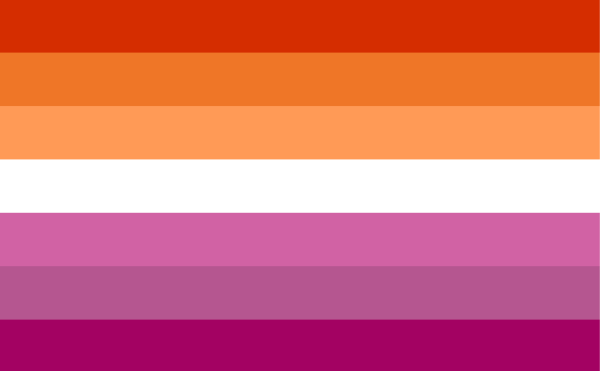
The “L” in LGBTQIA stands for lesbian.
The term lesbian commonly refers to women who experience attraction to other women. Another common interpretation is that lesbian refers to non-men who are attracted to other non-men, which is more inclusive to individuals in the trans community.
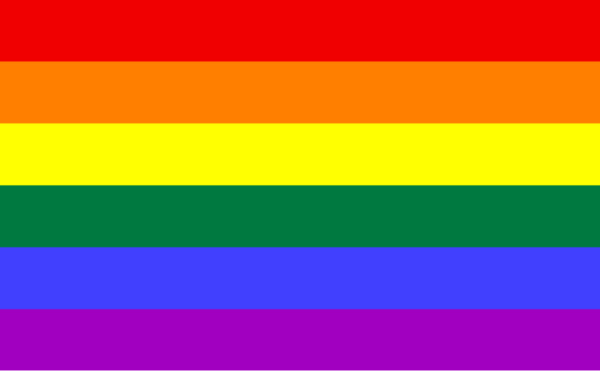

The “G” in LGBTQIA stands for gay.
The term gay refers to anyone who is attracted to someone of the same gender. People of any gender may use this term to describe their sexuality; however, the term has traditionally been used to describe men who are attracted to other men. The Traditional Pride Flag is commonly used to represent individuals who identify as gay regardless of gender, while the Gay Men’s Pride Flag is used to represent the gay men’s community in particular.
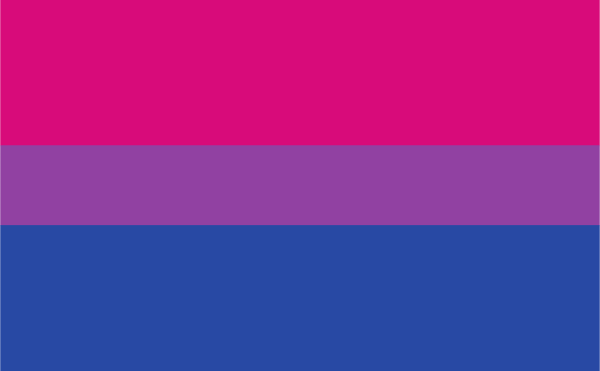
The “B” in LGBTQIA stands for bisexual.
The term bisexual refers to anyone who experiences attraction to people of more than one gender. Additionally, the term biromantic refers to anyone who experiences romantic, but not necessarily sexual, attraction to people of more than one gender. A number of other identities fall under “the bi umbrella,” with the most common ones being pansexual and polysexual.
Pansexual refers to individuals who experience attraction to people regardless of gender. The main difference between the terms bisexual and pansexual is that, while the bisexual identity leaves room for preference regarding attraction to people of different genders, the pansexual identity is defined by the lack of preference between genders.
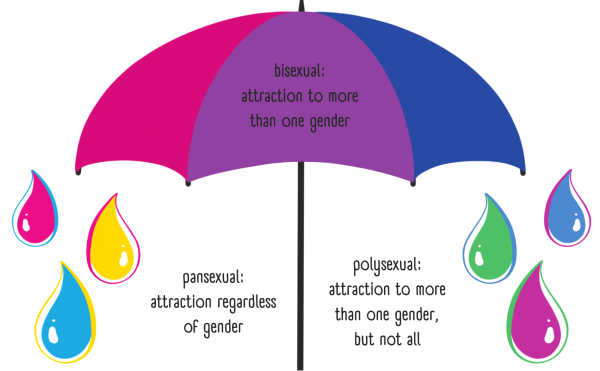
Polysexual refers to individuals who experience attraction to more than one gender, but not all. The main difference between the term bisexual and polysexual is that while bisexuality can refer to someone who is attracted to all genders, the polysexual identity is defined by only experiencing attraction to some genders.

The “A” in LGBTQIA stands for asexual and aromantic.
The term asexual refers to individuals who experience little to no sexual attraction to people of any gender, whereas allosexual refers to individuals who do experience sexual attraction.

The term aromantic refers to individuals who experience little to no romantic attraction to people of any gender, whereas alloromantic refers to individuals who do experience romantic attraction.The term aroace refers to individuals who identify as both aromantic and asexual. However, the two identities are not always conjoined, as someone may experience romantic attraction but not sexual attraction or vice versa.
The term demisexual refers to individuals who need to develop an emotional bond with someone in order to experience sexual attraction towards them. Similarly, the term demiromantic refers to individuals who need to develop an emotional bond with someone in order to experience romantic attraction to them.
Gender identity is an individual’s personal perception of themself in reference to the socially constructed characteristics of women and men. Gender identity is not related to one’s biological sex or gender assigned at birth, nor is it connected to one’s sexual orientation.

The “T” in LGBTQIA stands for transgender.
Transgender is an umbrella term that describes anyone whose gender identity differs from the gender assigned to them at birth, whereas cisgender refers to anyone whose gender identity aligns with the gender they were assigned at birth. Transgender may refer to transgender men or women, as well as a variety of identities that describe individuals who do not conform to the gender binary. Some identities that fall under the trans umbrella include, but are not limited to, nonbinary, agender, genderfluid, and genderqueer.

The term nonbinary is used to describe anyone who feels like they do not fit into the traditional gender binary. Nonbinary people may identify as both man and woman, neither, or somewhere in between. Nonbinary can also be used as an umbrella term for identities such as agender, genderfluid, and genderqueer.
The term agender refers to individuals who describe themselves as not having a gender. Some agender people describe themselves as gender neutral, while others feel simply genderless.
The term genderfluid is used to describe individuals whose gender is unfixed and fluid. Genderfluid people may identify as a variety or combination of identities at any time.
The term genderqueer is used to describe individuals who identify as neither male nor female, but as in between genders or a combination of genders.
The term two-spirit refers to an Indigenous American identity that describes individuals who blend masculine and feminine traits. Historically, two-spirit people were considered neither men nor women, but an entirely separate gender. The term is still used today by many LGBTQIA Indigenous peoples.
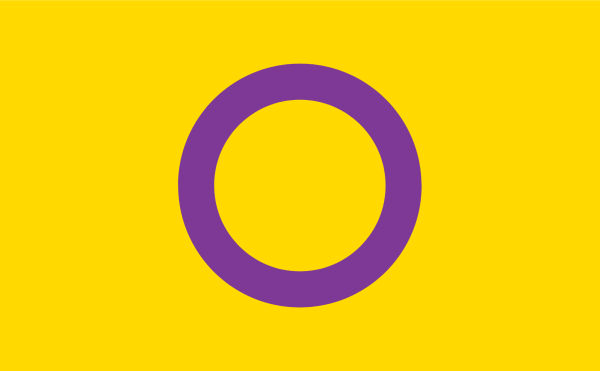
The “I” in LGBTQIA stands for intersex.
The term intersex is an umbrella term used to describe anyone whose chromosomal pattern, reproductive system, or sexual anatomy does not fit the typical binary standards of male or female bodies. The term dyadic is used to describe anyone who does not fall under the category of intersex.


